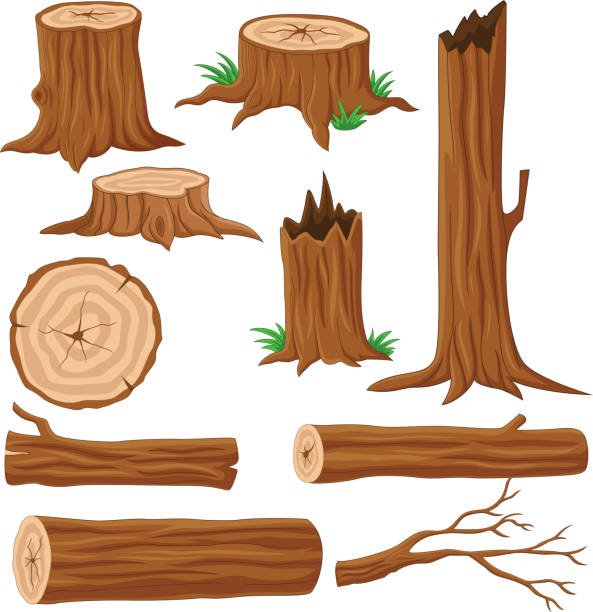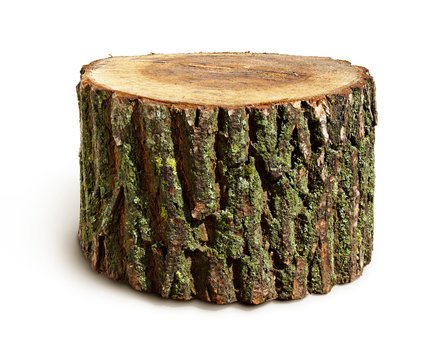

Tree stumps are the remains of a tree after it has been cut down or fallen, consisting of the tree's base and its roots embedded in the ground. While often seen as obstacles in yards or forests, they play a significant role in ecosystems. Decomposing tree stumps provide habitat for insects, fungi, and other organisms that aid in nutrient cycling. The decay process returns vital nutrients like nitrogen and phosphorus back into the soil, supporting new plant growth.
Tree stumps can also present challenges in urban and rural areas, where they may become tripping hazards, obstruct landscaping projects, or harbor pests such as termites. In such cases, stumps are often removed through grinding or excavation. Some people, however, use stumps for aesthetic purposes, carving them into garden decorations or furniture.
In some cases, tree stumps can also show signs of natural regeneration, where new shoots emerge from the stump and eventually grow into new trees. This process, called coppicing, is common in certain species like willow and poplar.